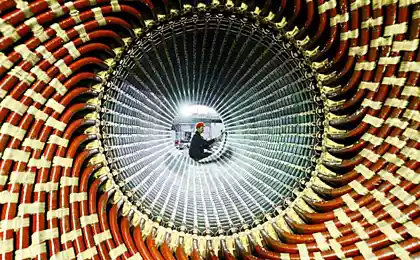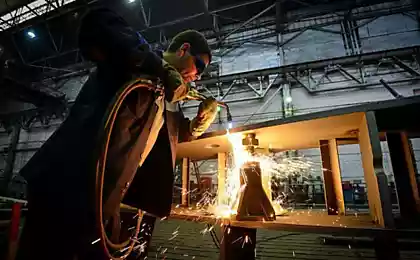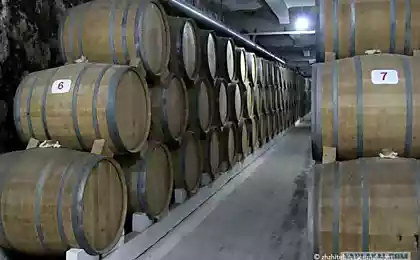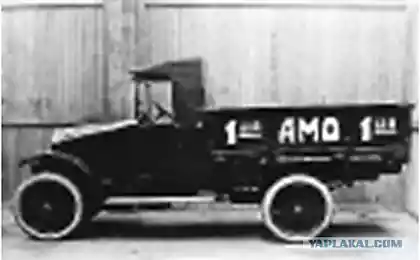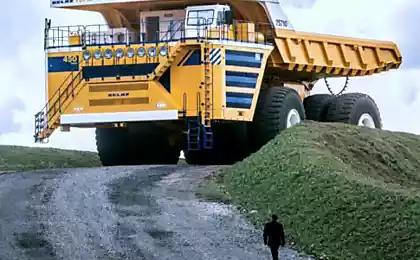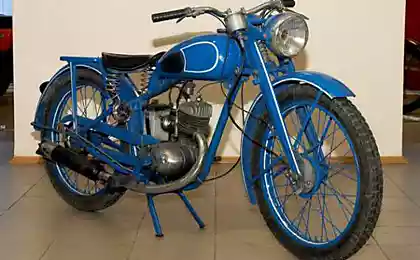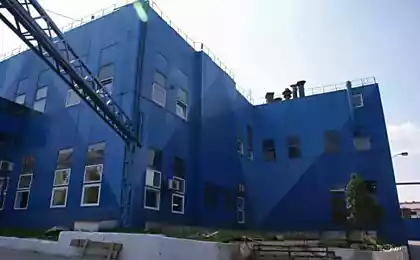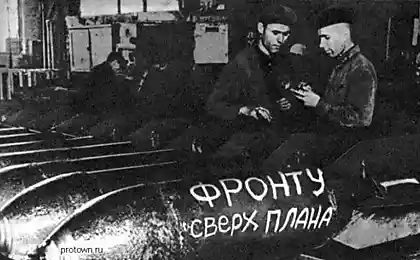593
City for life
Dortmund , once an important industrial center of Germany. Thanks to the steel industry, Dortmund's population grew from 20 to 600 thousand people. But, faced at the end of the twentieth century with the crisis in the steel industry, the city is not lowered hands, and wrapped it in their favor.The factory, for 150 years supplied the iron and steel Germany and Europe, transformed in ecologically clean recreation zone with a beautiful artificial lake, and replaced the iron and steel industry in the city came new businesses and employment.
How lake Phoenix was for Dortmund the basis of anti-crisis draft and turned the city into an attractive place to live, we told the Professor of the University of applied Sciences in Dortmund Peter Reus (Peter Reusch).
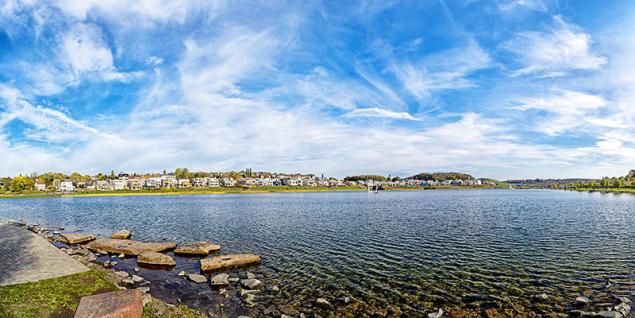
– Peter, tell me, what is the situation in Dortmund after the closure of the steelworks?
The industrial crisis was inevitable for Dortmund: at the turn of the century the foundry to survive here could not. Dortmund grew up on steel, and after the closure of the plant, the city's population began to fall. To stop this process, we started working on issues of urban development: it was necessary to make the city attractive to live in.
Dortmund is a very large area, but in the period of industrialization creating recreational areas and beautification of the centre, little time was spent. For over 150 years, yet it is actively engaged in the production of steel, no one took the initiative to create recreation zones. With the closure of the steel mill workers with their experience and skills were irrelevant, but we have a unique opportunity to do in the immediate vicinity of the city center is very beautiful place. The creation of the lake would allow us to catch up, because there was no large bodies of water. There is one more important detail: the cities in our region compete with each other. The most serious competitor to Dortmund in terms of quality of life is Munster. In Central Munster lake there, and to catch up with him, we had to create your pond. And it's not even in tourism. We are talking about the living conditions of the people. There were many of those who worked in Dortmund, but I prefer to live in Munster. People are willing to move to another location if there are better conditions for life. If you live in a remote area of the city and on the road you spend a lot of time, with the same success you could live, say, in Cologne. When talking about urban construction, it is important to understand that Germany is very well developed infrastructure. Our high-speed trains reach speeds of up to 400 km/h. When the distance is 200 km you can cover in just 30 minutes, it ceases to be a significant factor. You become free to choose their place of residence, even if tied to a specific factory.
The former site of a steel mill isn't the best place to create a pond?
In Germany it's often done, especially in the areas of mining. The creation of an artificial lake on the site of the former developments is sort of a tradition, ongoing for hundreds of years. Besides, it is beneficial to the development of the city. Living on the beach or near a lake is something that many people want. In such places are willing to buy homes, so the lake has a commercial value.
But development and the creation of the lake was originally connected with big risks. We could stumble upon the sources of serious pollution or even bombs – they are based in the city are found even today. It was clear that we needed to clear the site of concrete, earth, the trumpets of this "garbage" after the plant left a lot.
Another risk factor is running near the river Emscher, which was previously dumped waste. The river is rather long, and clean it completely was impossible. Pollutants in the river remained still, so the lake it was decided to isolate from the river: the architects wanted to create a healthy ecosystem. But quite away from the problems failed. When too much rain falls, the water level in the river rises, and part of it enters the lake, in spite of flood protection. So once a year all the water in the lake is filtered from the phosphates. In the lake, restore the balance, inhibit the growth of algae and plants. The water contains fertilizers that get into it from the land. Those are also removed.

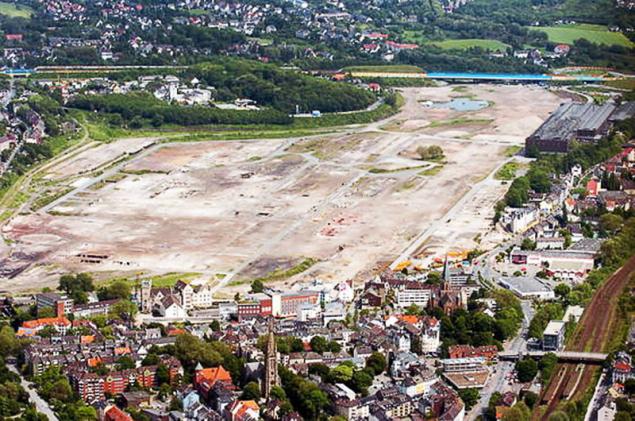
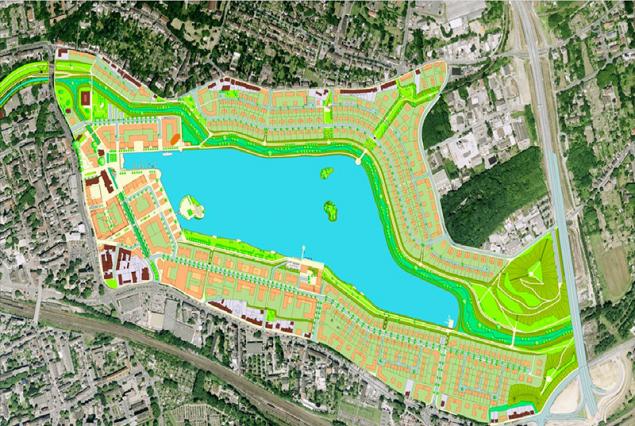
– The creation of the lake began immediately after the closure of the plant?
The development of this site is part of the urban strategy. In 2001, the production was closed, and the next year began moving the plant to China. A couple of years left for development and approval of the development plans. By 2004, managed to solve the main problems and to buy the land. The city began construction on the site.
It was clear that one part must be a residential building and the other public buildings: offices, hospitals, etc., the Authorities wanted to improve the quality of life, so that a significant portion of high-rise buildings by the lake were demolished in order to build a small private house. In 2010 the lake was filled with water and created a small Marina for small pleasure boats.
Under this project formed a group of people, the real professionals that are engaged in urban planning. The core of the team amounted to no more than 10 people. Of course, it attracted engineers, planners, builders. The important role played by biologists and ecologists: the lake had to be given the proper form, to solve problems with water filtration, the interaction of rivers and lakes.
I want to say that a project like lake Phoenix is impossible to do from scratch. Behind you should be a great experience in implementation of large projects. In Dortmund was the engineering school, founded by the Prussian king. It was created at the time of industrialization to have good engineers. In the 1970-ies in Dortmund built a technical University and campus. When the campus opened the Center for information technology for beginners innovative companies that are growing fairly well. City logistics is also developing: the port was built with channels airport. So we have accumulated considerable experience before the start of the Phoenix project.
– As now arranged life around the lake?
To highlight the entire territory of the former factory for the recreation area was not too large. In the Western part focused number of companies, firms, and public buildings. In the East, where there is a lake, family houses and small office buildings. Overall everything went well together. The character of the building is largely determined by the existing transport infrastructure, which is best developed on the Western side. When you design zones, it was necessary to think about the logistics, because the project involved a variety of businesses that are important to their own growth.
Business in this area is picking up, albeit of a different kind than before, created a lot of jobs. In addition, many residents have opened up new, unique opportunities. For example, many buildings here have been preserved since then, when the factory was still open. If you walk along the lake, you will see how the people living there for several decades renovating their old houses. Investing in restoration, they get a great home in a very good location that gives them the opportunity to earn good money on rent. Of course, being built and new homes.
Overall, Dortmund is developing at a good pace. Said goodbye to the industry, the city is putting emphasis on the service sector. Here, for example, there are three insurance companies, including one of the largest in Germany. Many IT companies and supplying organizations, there is a large structure, working in the field of medicine. The municipality invested in recreation projects and a lot of money, spent millions of euros on the purchase of land. Now, after 10 years, investment will return. People are settling in. The city coped with the crisis.
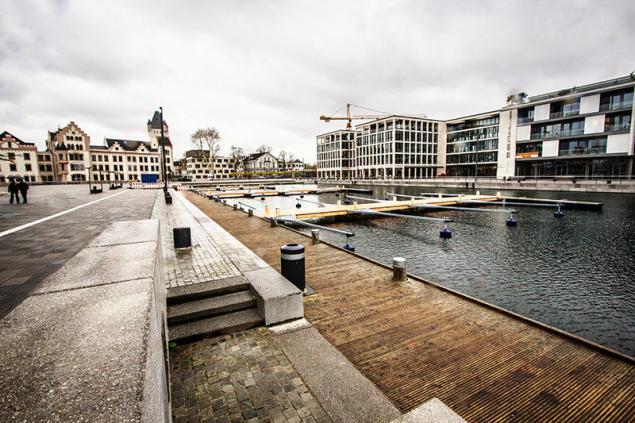
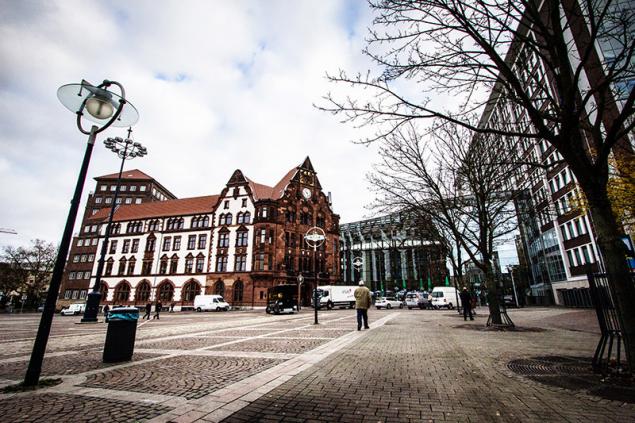

published
P. S. And remember, only by changing their consumption — together we change the world! ©
Join us in Facebook and in Vkontakte, and we're Classmates
Source: erazvitie.org/article/gorod_dlja_zhizni
How lake Phoenix was for Dortmund the basis of anti-crisis draft and turned the city into an attractive place to live, we told the Professor of the University of applied Sciences in Dortmund Peter Reus (Peter Reusch).

– Peter, tell me, what is the situation in Dortmund after the closure of the steelworks?
The industrial crisis was inevitable for Dortmund: at the turn of the century the foundry to survive here could not. Dortmund grew up on steel, and after the closure of the plant, the city's population began to fall. To stop this process, we started working on issues of urban development: it was necessary to make the city attractive to live in.
Dortmund is a very large area, but in the period of industrialization creating recreational areas and beautification of the centre, little time was spent. For over 150 years, yet it is actively engaged in the production of steel, no one took the initiative to create recreation zones. With the closure of the steel mill workers with their experience and skills were irrelevant, but we have a unique opportunity to do in the immediate vicinity of the city center is very beautiful place. The creation of the lake would allow us to catch up, because there was no large bodies of water. There is one more important detail: the cities in our region compete with each other. The most serious competitor to Dortmund in terms of quality of life is Munster. In Central Munster lake there, and to catch up with him, we had to create your pond. And it's not even in tourism. We are talking about the living conditions of the people. There were many of those who worked in Dortmund, but I prefer to live in Munster. People are willing to move to another location if there are better conditions for life. If you live in a remote area of the city and on the road you spend a lot of time, with the same success you could live, say, in Cologne. When talking about urban construction, it is important to understand that Germany is very well developed infrastructure. Our high-speed trains reach speeds of up to 400 km/h. When the distance is 200 km you can cover in just 30 minutes, it ceases to be a significant factor. You become free to choose their place of residence, even if tied to a specific factory.
The former site of a steel mill isn't the best place to create a pond?
In Germany it's often done, especially in the areas of mining. The creation of an artificial lake on the site of the former developments is sort of a tradition, ongoing for hundreds of years. Besides, it is beneficial to the development of the city. Living on the beach or near a lake is something that many people want. In such places are willing to buy homes, so the lake has a commercial value.
But development and the creation of the lake was originally connected with big risks. We could stumble upon the sources of serious pollution or even bombs – they are based in the city are found even today. It was clear that we needed to clear the site of concrete, earth, the trumpets of this "garbage" after the plant left a lot.
Another risk factor is running near the river Emscher, which was previously dumped waste. The river is rather long, and clean it completely was impossible. Pollutants in the river remained still, so the lake it was decided to isolate from the river: the architects wanted to create a healthy ecosystem. But quite away from the problems failed. When too much rain falls, the water level in the river rises, and part of it enters the lake, in spite of flood protection. So once a year all the water in the lake is filtered from the phosphates. In the lake, restore the balance, inhibit the growth of algae and plants. The water contains fertilizers that get into it from the land. Those are also removed.



– The creation of the lake began immediately after the closure of the plant?
The development of this site is part of the urban strategy. In 2001, the production was closed, and the next year began moving the plant to China. A couple of years left for development and approval of the development plans. By 2004, managed to solve the main problems and to buy the land. The city began construction on the site.
It was clear that one part must be a residential building and the other public buildings: offices, hospitals, etc., the Authorities wanted to improve the quality of life, so that a significant portion of high-rise buildings by the lake were demolished in order to build a small private house. In 2010 the lake was filled with water and created a small Marina for small pleasure boats.
Under this project formed a group of people, the real professionals that are engaged in urban planning. The core of the team amounted to no more than 10 people. Of course, it attracted engineers, planners, builders. The important role played by biologists and ecologists: the lake had to be given the proper form, to solve problems with water filtration, the interaction of rivers and lakes.
I want to say that a project like lake Phoenix is impossible to do from scratch. Behind you should be a great experience in implementation of large projects. In Dortmund was the engineering school, founded by the Prussian king. It was created at the time of industrialization to have good engineers. In the 1970-ies in Dortmund built a technical University and campus. When the campus opened the Center for information technology for beginners innovative companies that are growing fairly well. City logistics is also developing: the port was built with channels airport. So we have accumulated considerable experience before the start of the Phoenix project.
– As now arranged life around the lake?
To highlight the entire territory of the former factory for the recreation area was not too large. In the Western part focused number of companies, firms, and public buildings. In the East, where there is a lake, family houses and small office buildings. Overall everything went well together. The character of the building is largely determined by the existing transport infrastructure, which is best developed on the Western side. When you design zones, it was necessary to think about the logistics, because the project involved a variety of businesses that are important to their own growth.
Business in this area is picking up, albeit of a different kind than before, created a lot of jobs. In addition, many residents have opened up new, unique opportunities. For example, many buildings here have been preserved since then, when the factory was still open. If you walk along the lake, you will see how the people living there for several decades renovating their old houses. Investing in restoration, they get a great home in a very good location that gives them the opportunity to earn good money on rent. Of course, being built and new homes.
Overall, Dortmund is developing at a good pace. Said goodbye to the industry, the city is putting emphasis on the service sector. Here, for example, there are three insurance companies, including one of the largest in Germany. Many IT companies and supplying organizations, there is a large structure, working in the field of medicine. The municipality invested in recreation projects and a lot of money, spent millions of euros on the purchase of land. Now, after 10 years, investment will return. People are settling in. The city coped with the crisis.



published
P. S. And remember, only by changing their consumption — together we change the world! ©
Join us in Facebook and in Vkontakte, and we're Classmates
Source: erazvitie.org/article/gorod_dlja_zhizni
Monk Shi Liliang from the South Shaolin temple ran 125 meters on the water!
The Federal office of civil aviation USA equated paper airplanes to drones




